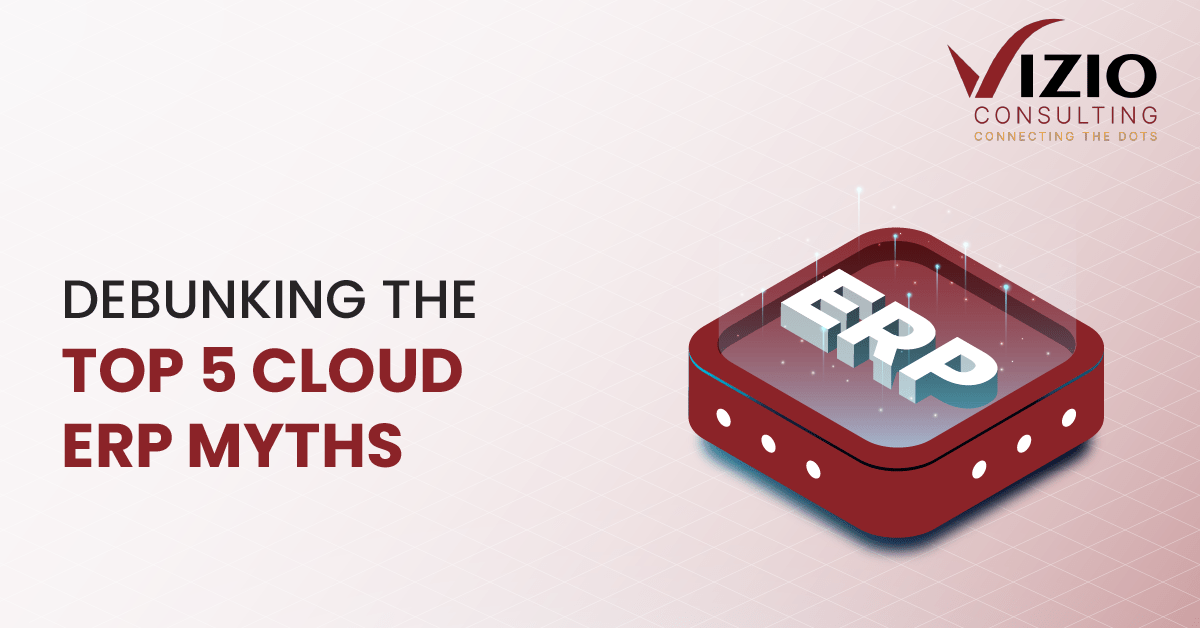Businesses have many opportunities thanks to the cloud to become more flexible, effective, and ultimately more profitable. But because of the commotion around cloud computing, businesses are so eager to take action that they are unaware of the possibility that it may not be the best approach for all of them. Many businesses fall for the benefits of the cloud without understanding what it is. Well, would you purchase a car if you didn’t know how to drive it, after all?
Why do Business Delay Adopting the Cloud?
Most of the time, this delay in cloud adoption is not due to a lack of ambition. Many business leaders have encountered significant obstacles on their way to the cloud or have changed their minds after questioning its effects on costs, security, latency, and other factors.
Deep discussions with hundreds of CEOs and CIOs have uncovered a common set of myths that give rise to these issues and concerns, impeding adoption and advancement. The businesses that have successfully dispelled these fallacies have reaped the greatest benefits from their transition to the cloud.
In this blog, we want to debunk the top 5 cloud computing myths that have prevented many business leaders from selecting the best choice for their organization when implementing new technologies. However, keeping up with the cloud development further can be challenging. In light of this, the following cloud myths need to be addressed for businesses to make informed decisions about what is best for them.
Myth # 1 : The Cloud’s Primary Benefit is to Decrease IT Costs
The mainstream industry definition of the cloud includes replacing important IT functions, on-demand infrastructure access, provisioned compute, storage, and database services, among other things. These descriptions are true, but business leaders frequently hear them and overlook how the cloud may change the entire IT operating paradigm and, most crucially, the business. As a result, when they develop a business case, they spend months comparing on-premises expenses against cloud prices and pay considerably less attention to the business benefits, which are the major value driver of the cloud.
Myth # 2: Cloud ERP is Difficult to Set Up and Cannot Adapt to My Needs
Some stakeholders have a deeply held belief that Cloud ERP does not support personalization and that a single solution should address all client needs. One restrictive design would impede moving to the cloud for large businesses requiring control over their solutions.
The client experience has always been just as essential to SAP as functionality and features, so this is also an excellent chance to emphasize the enormous advancements being made inside SAP S/4HANA Cloud with each new release in the line-of-business and industry footprint. Every update improves the system’s capabilities and broadens the configuration options, affecting industries like finance, manufacturing, and the digital supply chain.
Myth # 3 : Using the Cloud Renders An Infrastructure Organization Unnecessary
Many corporate leaders find the notion of infrastructure as a service (IaaS), in which an external vendor will manage your underlying network, hardware, and resources, appealing. But when CEOs view IaaS as a complete substitute for their infrastructure department, a misunderstanding result. Although the cloud fundamentally alters the tasks, personnel, and working style needed within and outside an internal infrastructure group, infrastructure management is still necessary.
Hundreds of services are available to businesses moving to the cloud, and these services can be bundled and customized to impact performance, security, reliability, and other factors. They require a team for infrastructure that can create and maintain templates, architectures, and common services for their development teams to use. This infrastructure team will need unique skill sets (such as committing code), as cloud infrastructure is managed through code, to function similarly to an app-development team. Many businesses would encounter the same fragmentation and confusion they did on-premises without the IT team’s creation of standardized services and platforms.
Myth # 4 : The Cloud is Better than Staying On – Premises
When IT and business leaders consider their ERP deployment strategy, they frequently believe that this is a binary choice – either they should keep their infrastructure “on their premises” or tear down the current systems and move all ERP and enterprise apps to the public cloud. The reality is more complicated.
IT leaders now have a wider range of options when implementing their next-generation ERP solutions because of new technology and deployment techniques. This is accomplished by using Software as a Service, the highest level of standardization possible, in conjunction with Infrastructure as a Service.
Myth # 5 : Can Manufacturing be Done in a SaaS Environment?
The market has a widespread misconception that handling procedures for product and manufacturing organizations are too complex for a SaaS model. That cloud applications are better suited for front-office applications and professional services firms.
Every industry has specific manufacturing needs. For instance, the manufacturing methods for chemicals and automobiles differ greatly from those for electronics. SAP S/4HANA Cloud provides a wide range of manufacturing options and procedures to satisfy these diverse industrial requirements.
In the cloud, manufacturing options include:
- Process Manufacturing
- Discrete Manufacturing
- Outsourced Manufacturing
- Kanban Manufacturing
- Repetitive Manufacturing
- Just-in-Time Manufacturing
Customers in the high-tech, industrial machinery, and consumer goods sectors can benefit from Discrete Manufacturing’s extensive capability. In contrast, process manufacturing benefits individuals in the chemical, mining, and oil and gas industries. Just-in-Time and Repetitive Manufacturing are beneficial to our customers in the automotive industry.
Final Thoughts
Without a doubt, the cloud is the future, and this trend is just accelerating. Businesses need to take a different tack when making decisions. It’s time to look beyond the cloud’s potential and consider the best ways to use it: how to encourage innovation, make more use of data, and maintain everything’s security.
Our experts provide personalized demos after understanding the business needs. Click here to talk to our experts.

